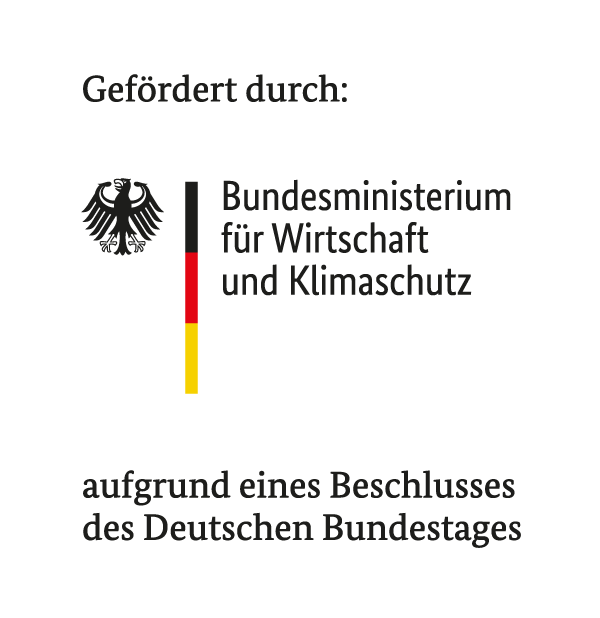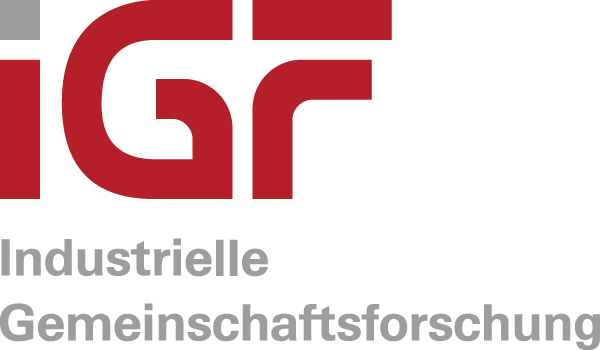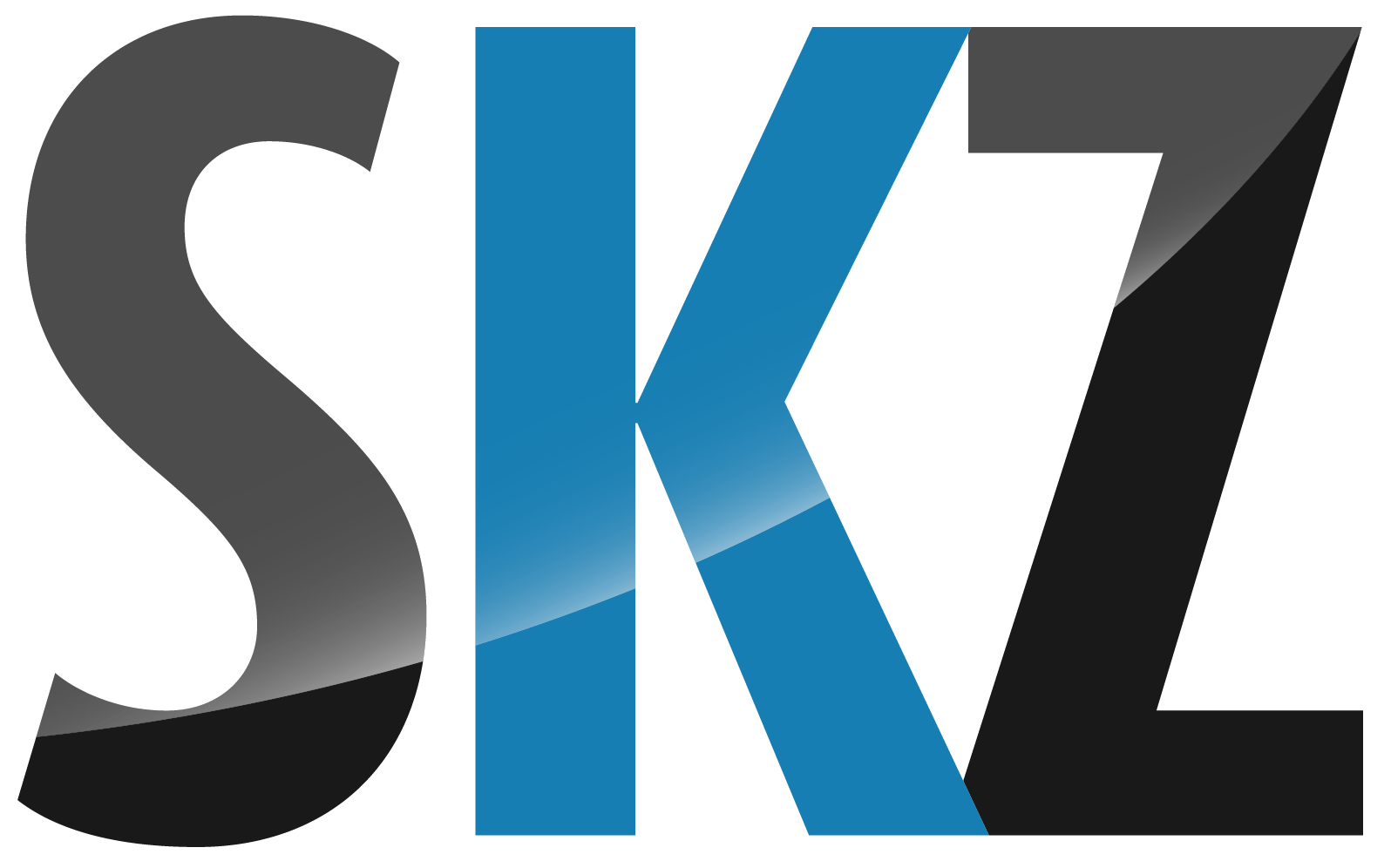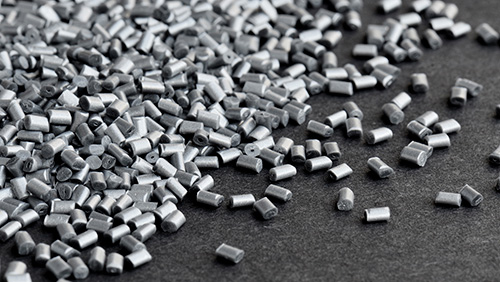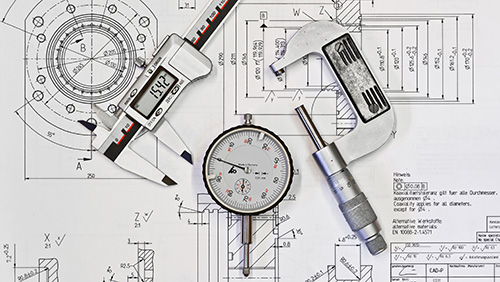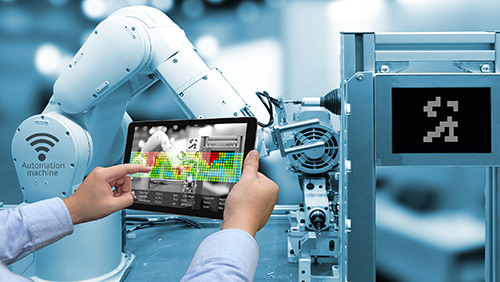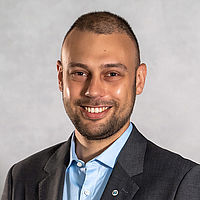Projects
Find projects
Research
Polymer foam monitoring using air ultrasound
Process and quality monitoring in polymer foam extrusion using air ultrasound
Project number: 21035 BG
Project duration
From: 01.06.2020 To: 28.02.2023Description
Density and cell size are the characteristic parameters of polymer foams, which decisively determine their quality and thus field of application. During production, process control is influenced by factors such as batch changes, temperature fluctuations or tool wear. This in turn is reflected in the characteristic parameters of the foamed polymer material. Up to now, the necessary control of the parameters has mainly been carried out offline. An inline process monitoring of the decisive parameters bulk density and cell size in the running foam extrusion process has not been possible so far. The air-ultrasonic technology is particularly promising due to numerous unique features in the field of foam characterisation. Advantages of this technology are, for example, a non-destructive and non-contact mode of operation, which, compared to X-rays, is non-ionising and non-hazardous to health. In the project, different approaches to air ultrasound characterisation were pursued in transmission configuration and with one-sided accessibility. It was found that the ultrasound characteristics and the foam parameters are interrelated in a complex way, which makes simple characterisation methods based on transit time or sound amplitude only partially suitable. Nevertheless, correlations could be worked out for at least some of the available foam samples, which offer possibilities for the application of the method. A more in-depth data analysis therefore seemed desirable. Nevertheless, it was possible to reliably distinguish foams within a product series, which is often sufficient information in consultation with the project-accompanying committee. Within the framework of a pilot investigation, a variety of machine learning methods were applied to the recorded time series for the first time on a larger scale. Classification tasks could be successfully processed. Thus, the assignment to material groups was successful. For some of the examined foam samples, an exact determination of the bulk density (relative deviation less than 5%) could be achieved from the time series. The basic inline capability of the developed methodology was proven and thus practical application was prepared. Overall, the project has thus opened up new perspectives for the application of air-ultrasonic testing. The characterisation of foams with airborne ultrasound is possible inline and promises to be able to deliver relevant material parameters for the application. Not only suppliers of ultrasonic systems and users of air-ultrasonic systems, but also service providers in the field of non-destructive testing and plastics processing companies benefit from these results.Contact person:
